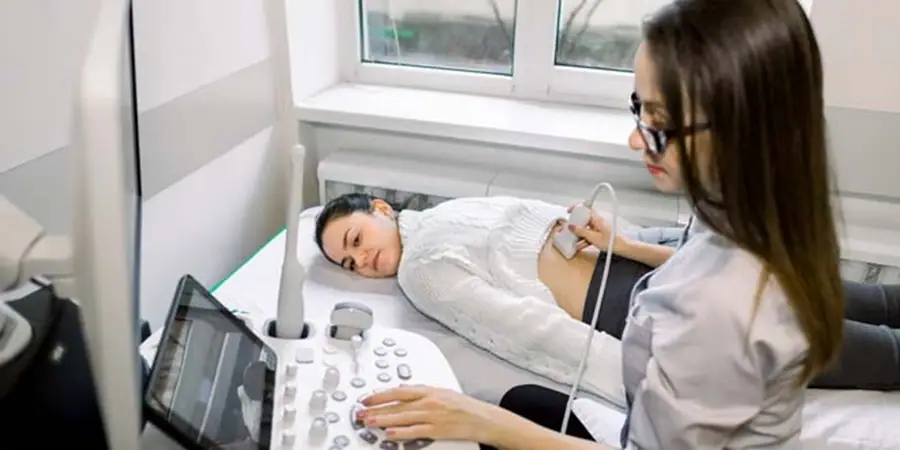New Delhi, November 4, 2023: Type 2 diabetes raises the risk for chronic kidney disease (CKD), which affects roughly 40% of people with diabetes. In many cases, CKD symptoms go unnoticed until the disease has progressed to a more severe stage, which is why it’s so important to catch and treat it early on.
Definition
Kidney disease or kidney damage often occurs over time in people with diabetes. This type of kidney disease is called diabetic nephropathy.
Alternative Names
Diabetic nephropathy; Nephropathy – diabetic; Diabetic glomerulosclerosis; Kimmelstiel-Wilson disease.
Causes
Each kidney is made of hundreds of thousands of small units called nephrons. These structures filter your blood, help remove waste from the body, and control fluid balance.
In people with diabetes, the nephrons slowly thicken and become scarred over time. The nephrons begin to leak, and protein (albumin) passes into the urine. This damage can happen years before any symptoms of kidney disease begin.
Kidney damage is more likely if you:
- Have uncontrolled blood sugar
- Are obese
- Have high blood pressure
- Have type 1 diabetes that began before you were 20 years old
- Have family members who also have diabetes and kidney problems
- Smoke
Symptoms
Often, there are no symptoms as the kidney damage starts and slowly gets worse. Kidney damage can begin 5 to 10 years before symptoms start.
People who have more severe and long-term (chronic) kidney disease may have symptoms such as:
- Fatigue most of the time
- General ill feeling
- Headache
- Irregular heartbeat
- Nausea and vomiting
- Poor appetite
- Swelling of the legs
- Shortness of breath
- Itchy skin
- Easily develop infections
Exams and Tests
Your health care provider will order tests to detect signs of kidney problems.
A urine test looks for a protein, called albumin, leaking into the urine.
- Too much albumin in the urine is often a sign of kidney damage.
- This test is also called a microalbuminuria test because it measures small amounts of albumin.
Your provider will also check your blood pressure. High blood pressure damages your kidneys, and blood pressure is harder to control when you have kidney damage.
If you have diabetes, your provider will also check your kidneys by using the following blood tests every year:
- Blood urea nitrogen (BUN)
- Serum creatinine
- Calculated glomerular filtration rate (GFR)
A kidney biopsy may be ordered to confirm the diagnosis or look for other causes of kidney damage.
Treatment
When kidney damage is caught in its early stages, it can be slowed with treatment. Once larger amounts of protein appear in the urine, kidney damage will slowly get worse.
Follow your provider’s advice to keep your condition from getting worse.
Control your blood pressure
Keeping your blood pressure under control (below 130/80 mm Hg) is one of the best ways to slow kidney damage.
- Your provider will prescribe blood pressure medicines to protect your kidneys from more damage if your microalbumin test is too high on at least two measurements.
- If your blood pressure is in the normal range and you have microalbuminuria, you may be asked to take blood pressure drugs, but this recommendation is now controversial.
Control your blood sugar level
You can also slow kidney damage by controlling your blood sugar level through:
- Eating healthy foods
- Getting regular exercise
- Taking oral or injectable medicines as instructed by your provider
- Some diabetes medicines are known to prevent the progression of diabetic nephropathy better than other medicines. Talk to your provider about which medicines are best for you.
- Checking your blood sugar level as often as instructed and keeping a record of your blood sugar numbers so that you know how meals and activities affect your level
- HbA1c is is glycated haemoglobin. This is made when glucose, which we call sugar, sticks to your blood cells and builds up in your blood. It’s measured by a blood test that shows your average blood sugar levels over the last three months. A high HbA1c of 6.5% or greater means you have too much sugar in your blood.
Other ways to protect your kidneys
- Contrast dye that is sometimes used with an MRI, CT scan, or other imaging test can cause more damage to your kidneys. Tell the provider who is ordering the test that you have diabetes. Follow instructions about drinking lots of water after the procedure to flush the dye out of your system.
- Avoid taking an NSAID pain medicine, such as ibuprofen or naproxen. Ask your provider if there is another kind of medicine that you can take instead. NSAIDs can damage the kidneys, more so when you use them every day.
- Your provider may need to stop or change other medicines that can damage your kidneys.
- Know the signs of urinary tract infections and get them treated right away.
- Having a low level of vitamin D may worsen kidney disease. Ask your doctor if you need to take vitamin D supplements.





